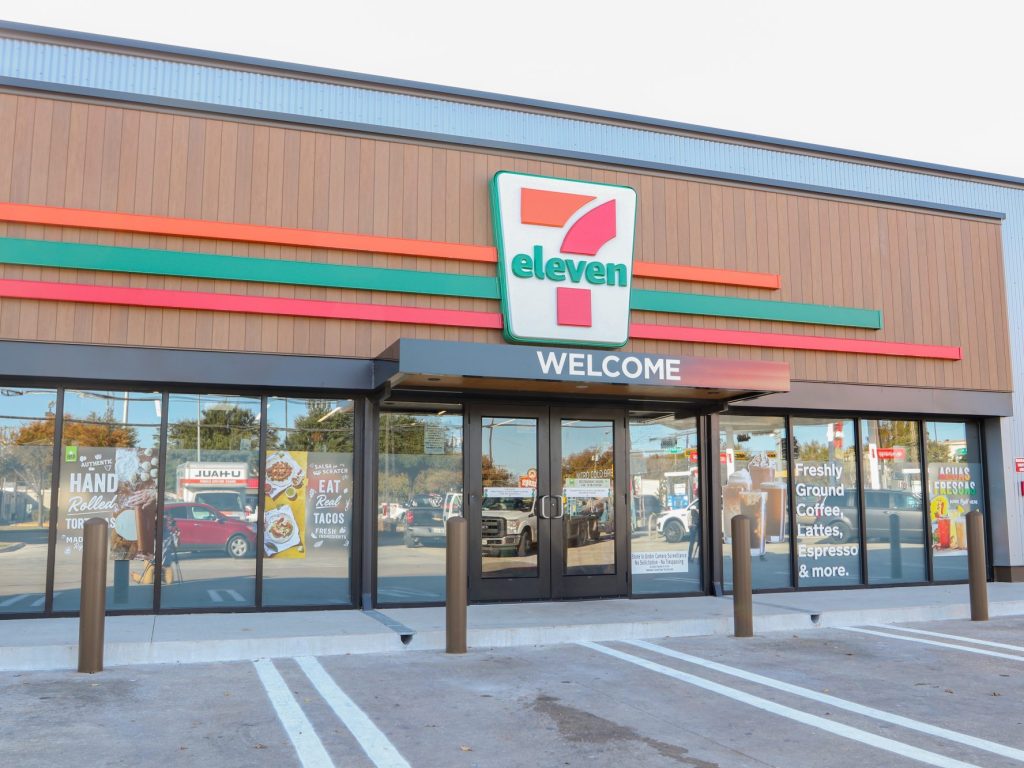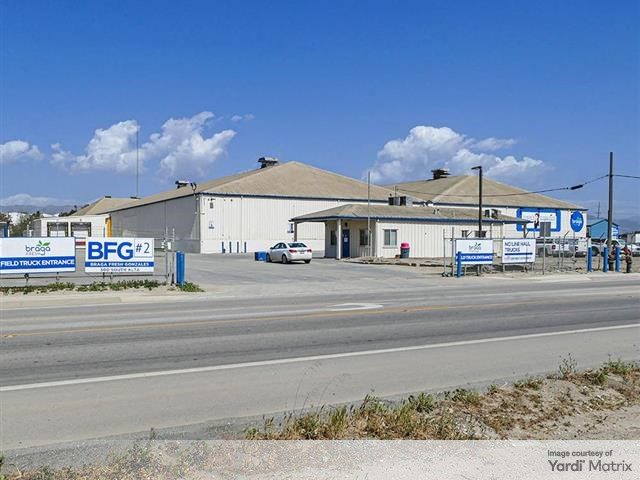7-Eleven Pays $1B for 204-Store Portfolio
The company now owns all locations of both a convenience store chain and a restaurant brand.

Retail chain 7-Eleven Inc. has completed the acquisition of 204 stores from Sunoco LP, comprising Stripes convenience stores and Laredo Taco Co. restaurants. Announced in January, the deal was valued at roughly $1 billion at the time, as reported by Reuters.
The properties acquired by 7-Eleven are located across West Texas, New Mexico and Oklahoma. The two brands first entered 7-Eleven’s portfolio in 2018 in a $3.3 billion acquisition from Sunoco. Back then, 1,030 locations across 17 states changed hands, growing the buyer’s U.S. footprint by 12 percent.
Following the current transaction, 7-Eleven will own and operate all Stripes and Laredo Taco locations. The assets join the more than 13,000 convenience stores the company already operates, franchises and licenses in the U.S. and Canada.
Sunoco representatives stated that proceeds from the sale will be used to reduce existing debt and facilitate growth opportunities. The company plans to grow its gasoline business through acquisitions of liquid fuel terminals throughout Europe from Zenith Energy, according to the same source.
As part of the 2018 purchase, Sunoco entered a 15-year fuel supply agreement with 7-Eleven, under which it would provide roughly 2.2 billion gallons of fuel annually. The current transaction includes amendments to that deal as well, involving the inclusion of future and additional fuel gross profit, D Magazine reported.
Retail market shake-ups
Following the pandemic, the retail market’s recovery was not linear. Owners and operators attempted various strategies to get back on track, while the landscape was shaken up by surprising developments.
One of the latest such events was the demise of 99 Cents Only Stores, putting 44 owned and 333 leased locations on the market. As different suitors emerge, operators navigate the story’s larger implications for the sector.







You must be logged in to post a comment.